Mountain activity can be approached from many angles. One of them is FAST&LIGHT, fast and light, a very pure form of activity. The essence of this concept implies a great commitment to the mountain and walks a fine line around risk.

On the one hand, going light on equipment means less time exposed to the dangers of the mountain; on the other hand, it is precisely the search for this lightness that can lead the practitioner to find himself in unforeseen situations that involve looking danger itself in the eye. It is really special and perhaps even contradictory. You eliminate risk in terms of the time you are subjected to it, but at the same time, it is generated by the commitment that the lightness of the material you wear demands you.
FAST&LIGHT appeals. How cannot? It’s a simple idea. The sensation of moving freely through the mountains, going much further, and enjoying the effort is something that the main followers of this trend can find irresistible. An itinerary that could take two days is done in just one day. You leave from a mountain village, ascend to the summit ridge, move quickly along it feeling light and agile, summit, and descend at full speed. No bivouac. In a single day. Pure adrenaline and purity. Lightness works in your favor. And it is a necessary element for speed in practical terms because every gram consumes energy. And at the same time, it is a renunciation, a «fair play» from a more abstract perspective that recovers uncertainty, risk, and commitment.

Bringing the FAST&LIGHT philosophy to our activity demands responsibility. To move fast and light you need to be in good physical shape, but our experience and knowledge of the environment also play a role. Without these three factors, the reduction in the weight of the material can generate situations that we must always avoid in the mountains. The speed of progression increases, but precisely the risk that we want to reduce by being exposed for less time can increase with poor planning. In order to carry out a FAST&LIGHT activity, the technical skills of the athlete, the physical condition, and the material are combined. The interaction of these three factors within the framework of the mountain conditions is what shapes everything. If you are technically very good, you can carry only one ice axe; if you are very fast, you can carry less food and clothing; if the snow is good, you can avoid carrying crampons. And all, of course, with a high degree of knowledge of the environment and planning for the mountain conditions. If the day doesn’t go according to plan, it’s time to turn back. And that’s something that is fundamental, without which mountain activity is meaningless.
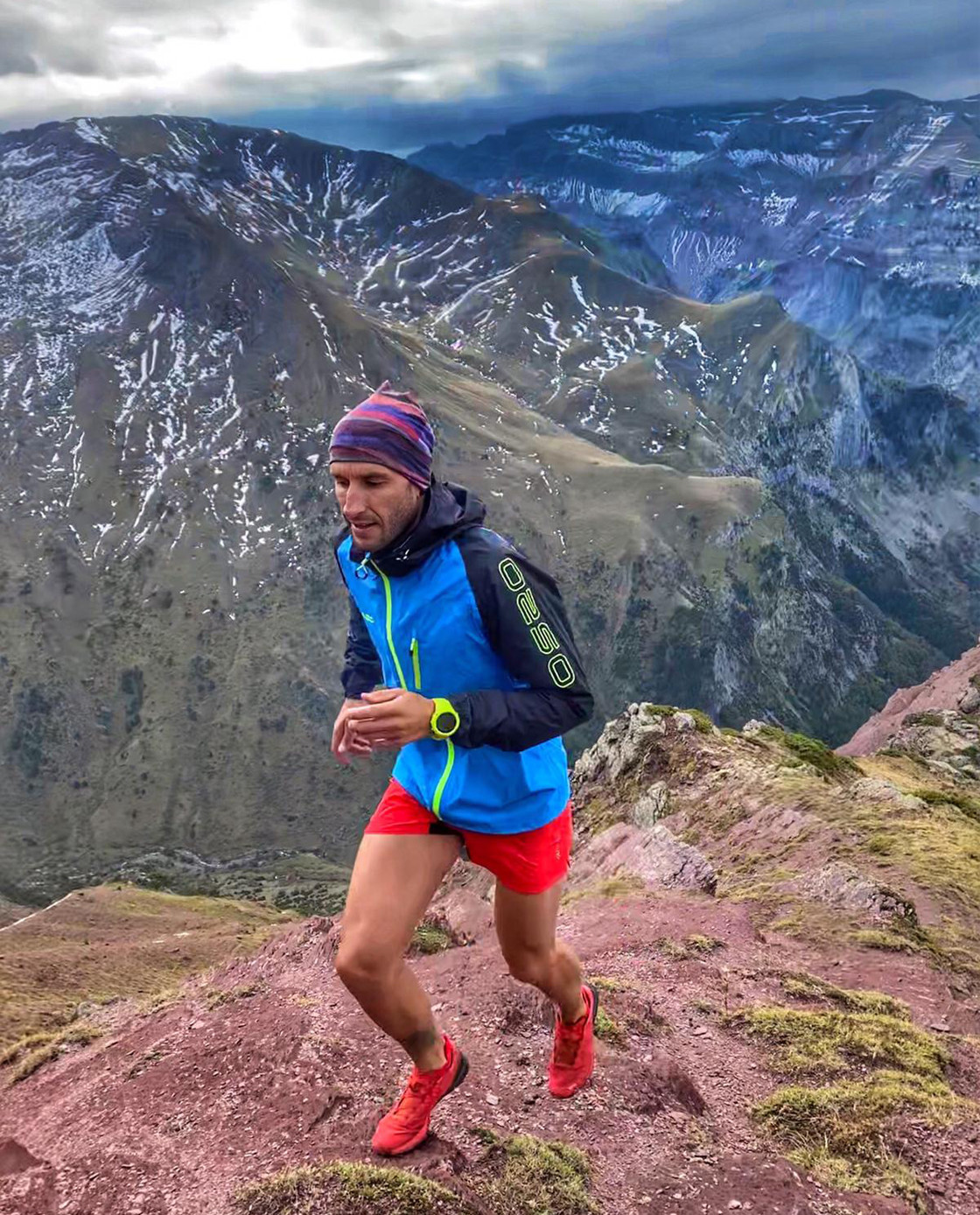
OS2O is committed to this philosophy by developing ultralight garments that protect the athlete because he/she is always on the move. The speed, more than one digit in km/h, depends on not stopping. Speed is relative to mountain conditions and fitness. We are not talking about records, but about not stopping. And always, again, responsibly and taking into account the skills and knowledge of the athlete or mountaineer. The initiation to the FAST&LIGHT style must be progressive. OS2O has allowed, with the development of its garments, that it can be carried out by a broader public.
OS2O‘s approach to design is simple: creating clothes that work from the exit home to the summit top and back. A single piece of clothing that allows you to move through the high mountains without carrying much else, for which it is necessary that they be light, comfortable, multi-functional, and without elements beyond the essentials. This is the FAST&LIGHT philosophy applied to clothing for different activities –trail, ski mountaineering, climbing or mountaineering– in which everything concerning the fabric, seams, zippers, and accessories is taken care of. Innovation is key to developing lightweight products (typically less than 400 grams) that offer the best protection.

History is full of FAST&LIGHT mountaineers. It is not a modern concept. The challenge of going up and down a mountain as quickly as possible already appears with Mummery who in 1895 attempted the Nanga Parbat in alpine style. Also, exponents of this philosophy are Hermann Buhl or Reinhold Messner -with his renunciation of mountaineering-.
Tomaž Humar, Mark Twight, Steve House, Slavko Svetičič or Erhard Loretan – who called this style «nudes in the night» and who climbed the north face of Everest alpine style with Jean Troillet, without fixed ropes or oxygen, going up to the top and down to the bottom of the wall in 40 hours without rest – they are also FAST&LIGHT climbers. As well as Christophe Profit, Andreas Steindl or Ueli Steck, without forgetting the sky runners Fabio Meraldi and Marino Giacometti.
Beauty and responsibility are implicit in FAST&LIGHT, a concept that has been practiced for many decades and that OS2O imprints in the DNA of its pieces of clothing.
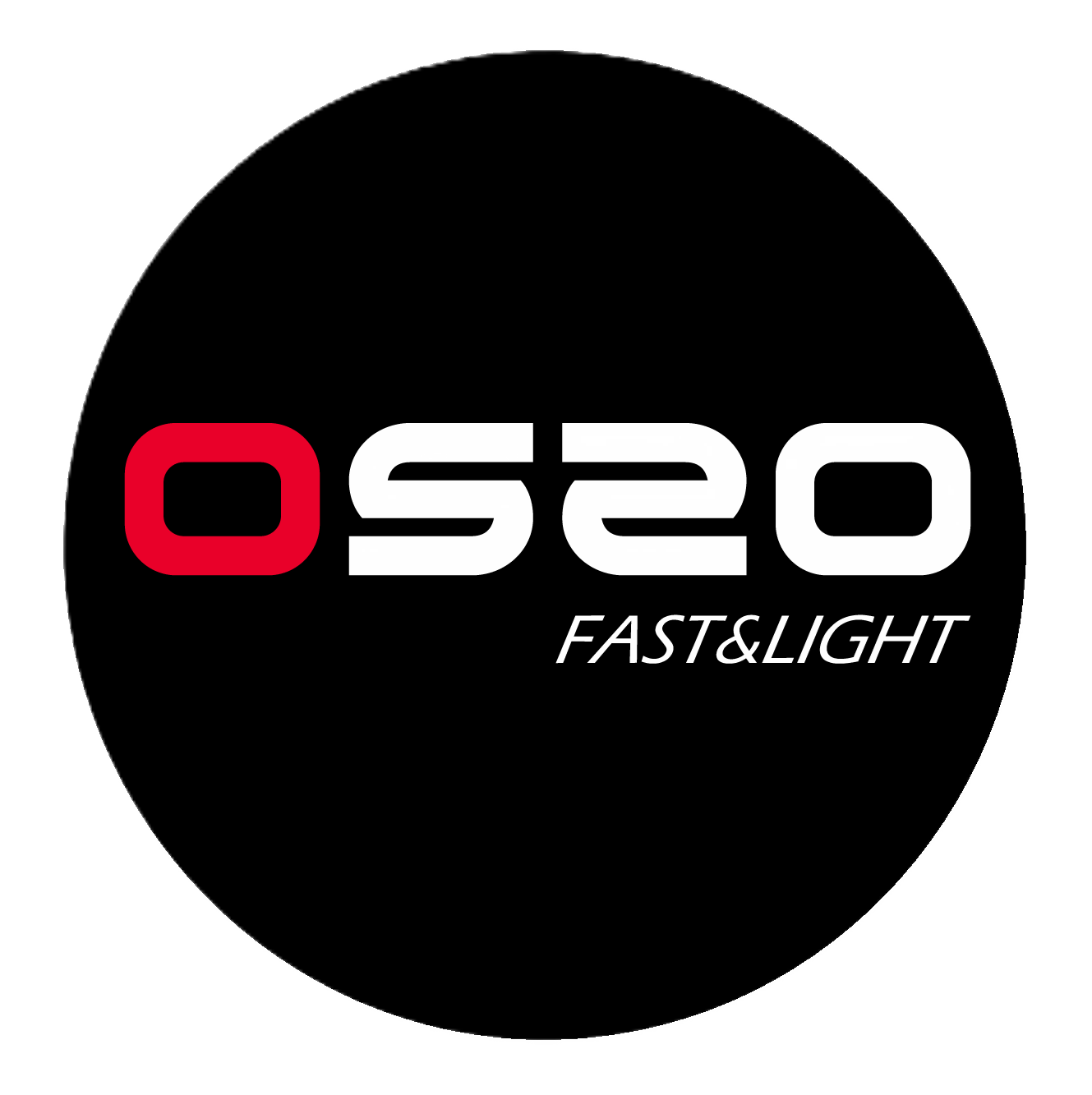
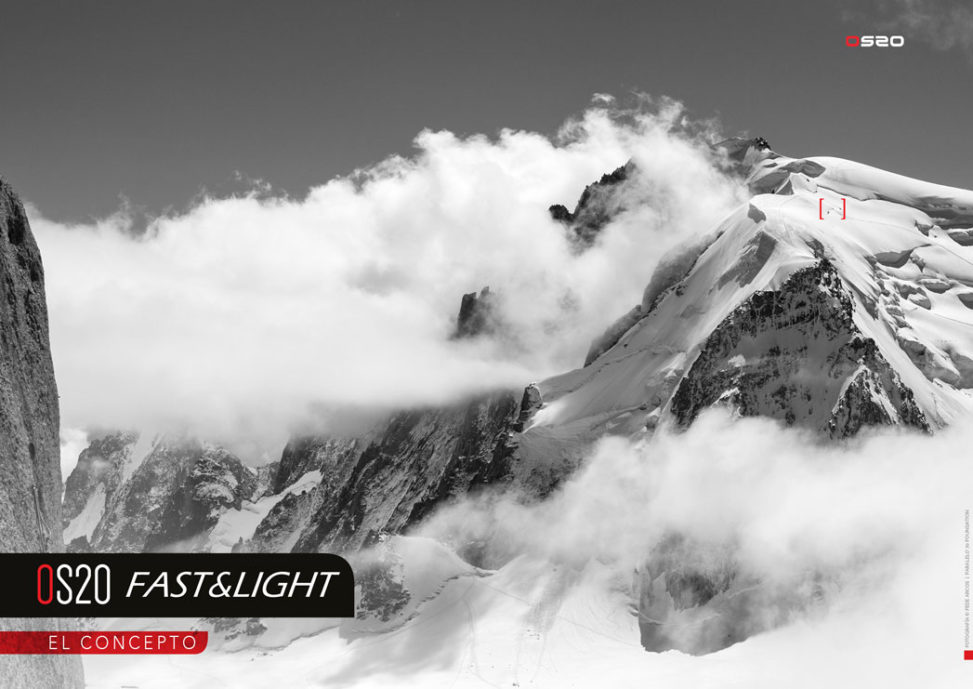
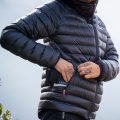
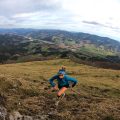
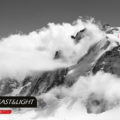
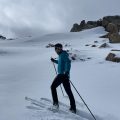
Deja una respuesta